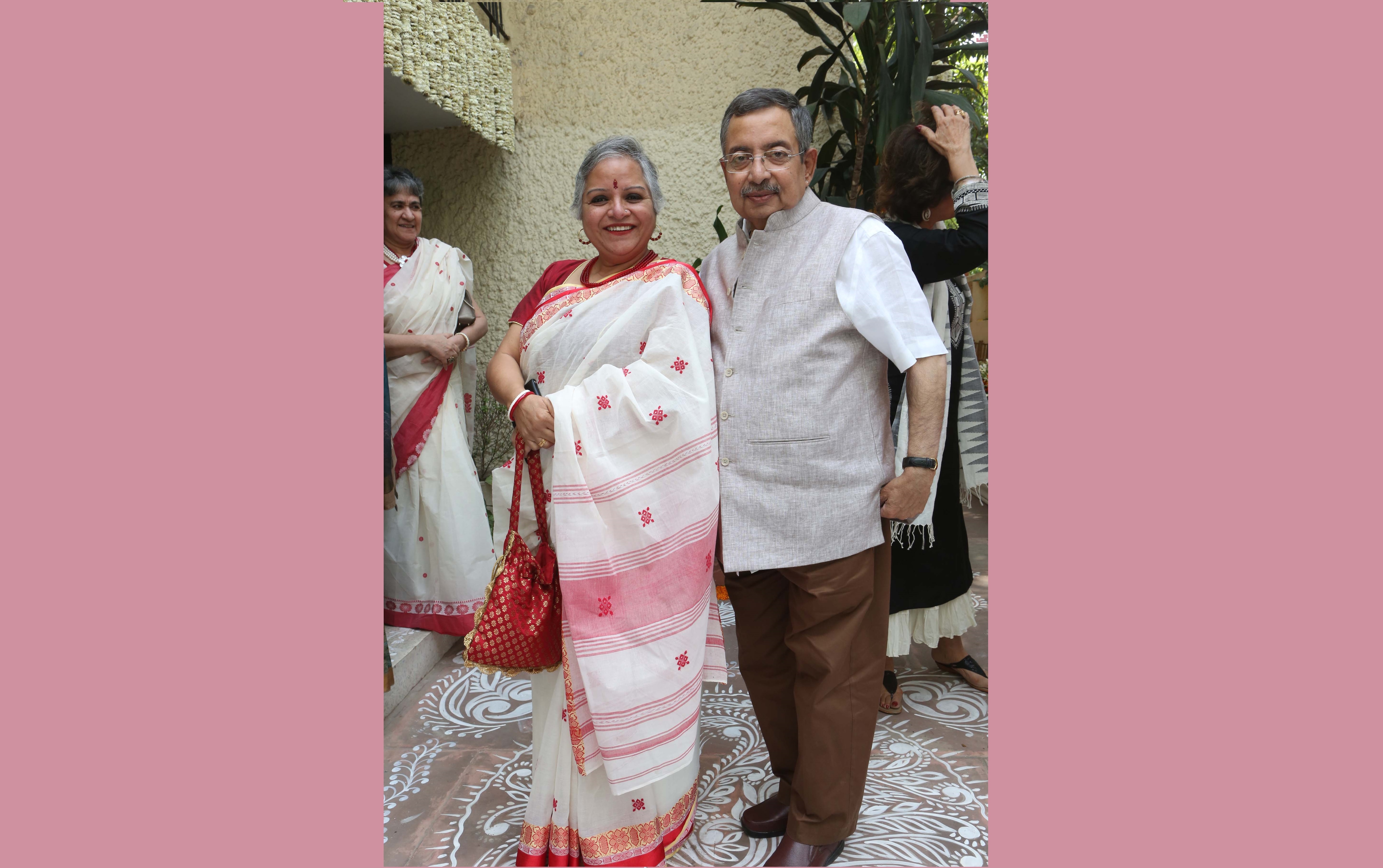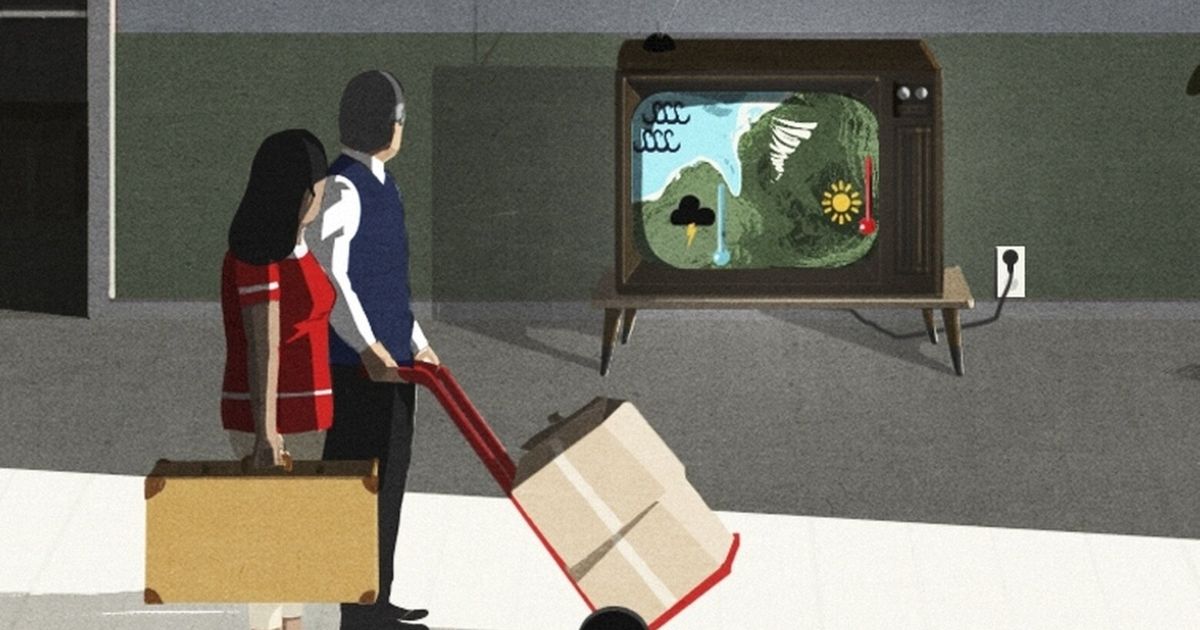At last, winter has arrived in India. Its onset is particularly noticeable — and welcomed — in northern India where the summer is extreme, and the monsoons, although lovely in their own way, are hot and uncomfortably humid. Suddenly, towards the second half of October, the absolute temperatures fall, and the mornings and evenings become pleasant, even cool. By November, people in Delhi have already got their woollens out, and in swish circles, expensive shawls are once again being flaunted about.
Travelling by car in winter is a delight. There is a unique charm in breaking journey for a steaming cup of coffee or tea at a roadside café nestled in rolling stretches of green fields. Earlier, dhabas or simple tea stalls with elementary furniture (often khaats), serving hot desi meals, dotted the highways. Some still survive, but urbanisation and “modernity” have almost made these old-style dhabas extinct. Now, on major highways, large motels and fancy restaurants have mushroomed, where you can get Starbucks or Barista coffee, and a choice of Indian, Chinese, and continental food. Very few green stretches remain, and concrete has become the new calling card of the countryside. The one saving grace of the swanky new joints is the availability of a serviceable loo. In the past, one had to make do with the cover provided by the rice and wheat fields, or a conveniently large tree!
One thing that has not changed is the one-liners written behind trucks. In a very direct way, they epitomise the rustic wisdom of the land, and the dominant themes in the lives of ordinary people. The most quotidian of these is: “Buri nazar waale tera muh kaala (May the face be blackened of the person who casts an evil eye)”. A foreign observer seeing the number of trucks on which this is inscribed could well believe that an instinctive suspicion of the other person’s intent pervades the Indian social milieu. Even educated families routinely succumb to the need to “utaro nazar”. A handful of chillies sprinkled with salt are waved around the “victim” of the ubiquitous evil eye. The chillis are then thrown into a fire. If the smoke does not hit the eyes or cause one to cough, it is proof — if proof were needed — of the need to ward off the evil eye.
The redeeming feature is that Indians, for all the ostensible suspicion and envy that may be part of their lives, are at the bottom philosophical stoics. I once saw a truck with a saying whose brevity and wisdom took my breath away. It was a two-word legend, which simply said: “Hota hai (It happens)”.
Vinod and Chinna Dua
A deep, deep loss of the pandemic was the untimely demise of Vinod and Chinna Dua. Both husband and wife were victims of the deadly second wave of Covid-19. It is difficult to believe that such a vibrant and talented couple has gone. Vinod was a natural to TV, hugely popular and respected. Chinna was a doctor, whose spontaneity and warmth could win anybody’s heart.
Vinod and Chinna sang beautifully, and their duets were the highlights of uncountable gathering of friends. Once Vinod and I decided to learn Indian classical music together. A venerable Ustad ji (teacher) was found, and we met several times a week to take classes. When I would sing the bandish given to us, Vinod would exclaim: “Kya baat hai subhanallah! (What a rendering, how wonderful!)” When he would sing, I would reciprocate: “Wah, wah, bohat khoob! (Excellent, excellent!)” After a week of such sessions, Ustad ji said he is leaving. Concerned, we asked why? His laconic reply was:”Meri kya zaruat hai. Aap done ko ek doosre ki taarif karne se phursat mile, tau mai kuch sikhaoon! (Why do you need me? If you both get time from praising each other then perhaps I could teach something!)”.

May Vinod and Chinna be happily singing a duet in heaven, and a warm hug to their two lovely daughters, Bakul and Mallika.
Lecture at Rabindranath Tagore University (RNTU), Bhopal
I was invited last week to give a keynote address at the RNTU as part of Vishvarang, the Tagore International Literature and Arts Festival. The Festival brought together leading artists, musicians, classical dancers, poets, writers and thinkers. I spoke at the Literary Festival on Adi Shankaracharya and Advaita. It was a highly rewarding experience, with a packed hall of genuinely interested people from all walks of life listening in pin-drop silence. My session was chaired by Shri Santosh Choubey, the erudite chancellor of the university. Son of an ordinary school teacher, he has, by dint of his hard work, vision and learning, created five universities, each striving towards cultural authenticity and excellence.
Having authored the book, Adi Shankaracharya: Hinduism’s Greatest Thinker, now translated into over eight Indian languages, I am personally happy by the efforts of the Madhya Pradesh government to revive the legacy and remarkable wisdom of Adi Shankaracharya. I was happy too that recently, Prime Minister Narendra Modi inaugurated a statue of the great sage and philosopher at Kedarnath, where he meditated for long, and passed away at the young age of 32.
Pavan K Varma is author, diplomat, and former Member of Parliament (Rajya Sabha).
Just Like That is a weekly column where Varma shares nuggets from the world of history, culture, literature, and personal reminiscences with HT Premium readers
The views expressed are personal
Enjoy unlimited digital access with HT Premium
Subscribe Now to continue reading
















